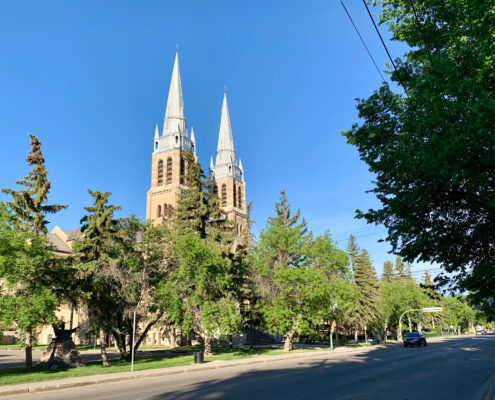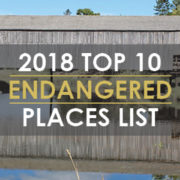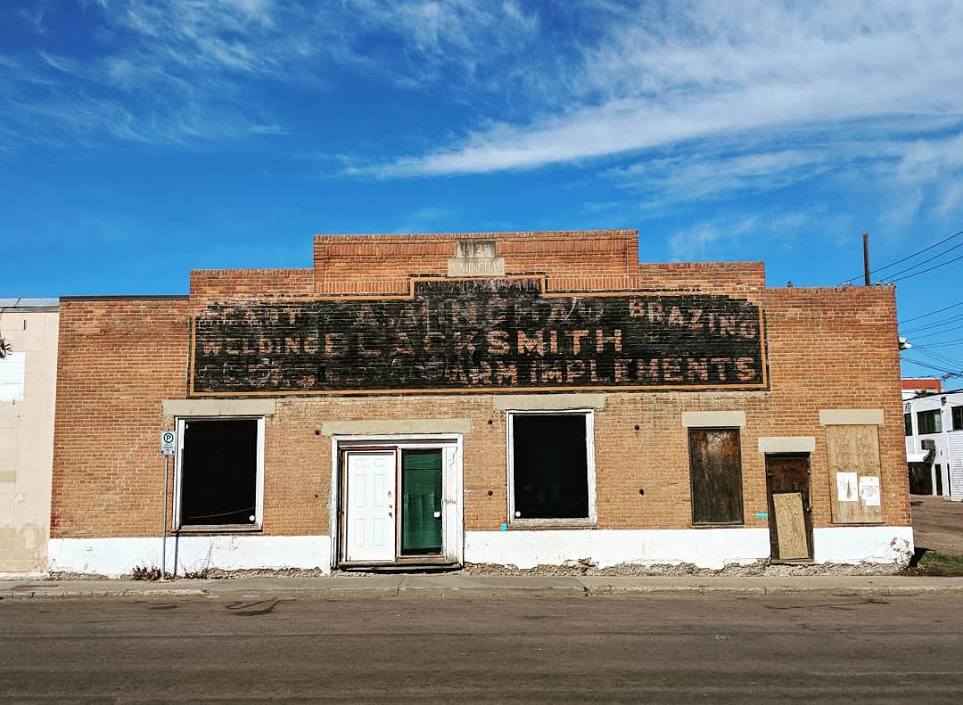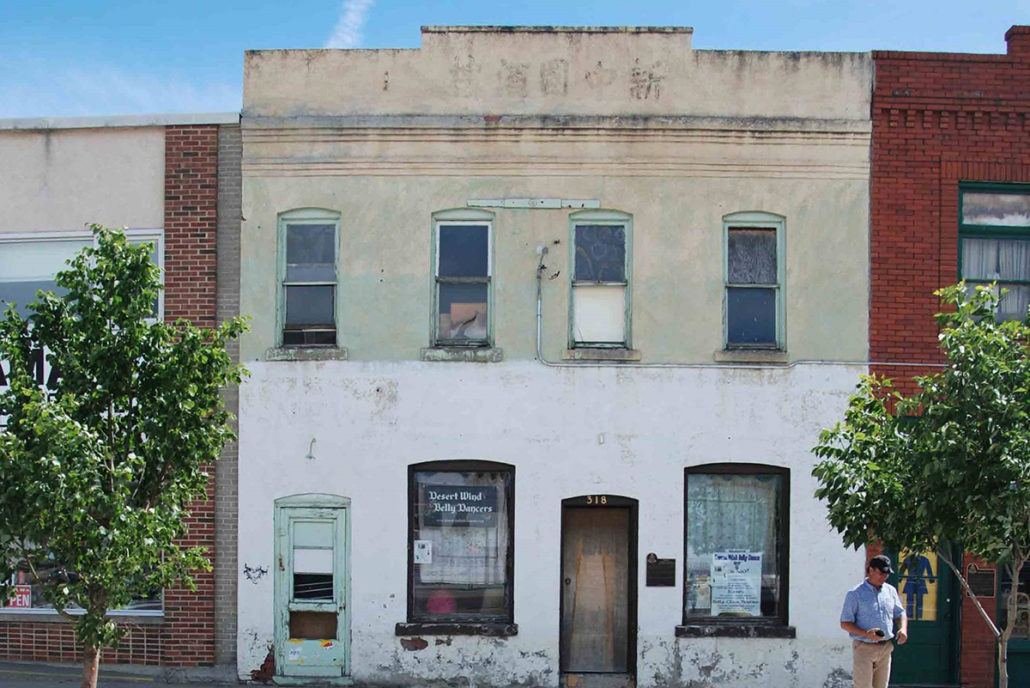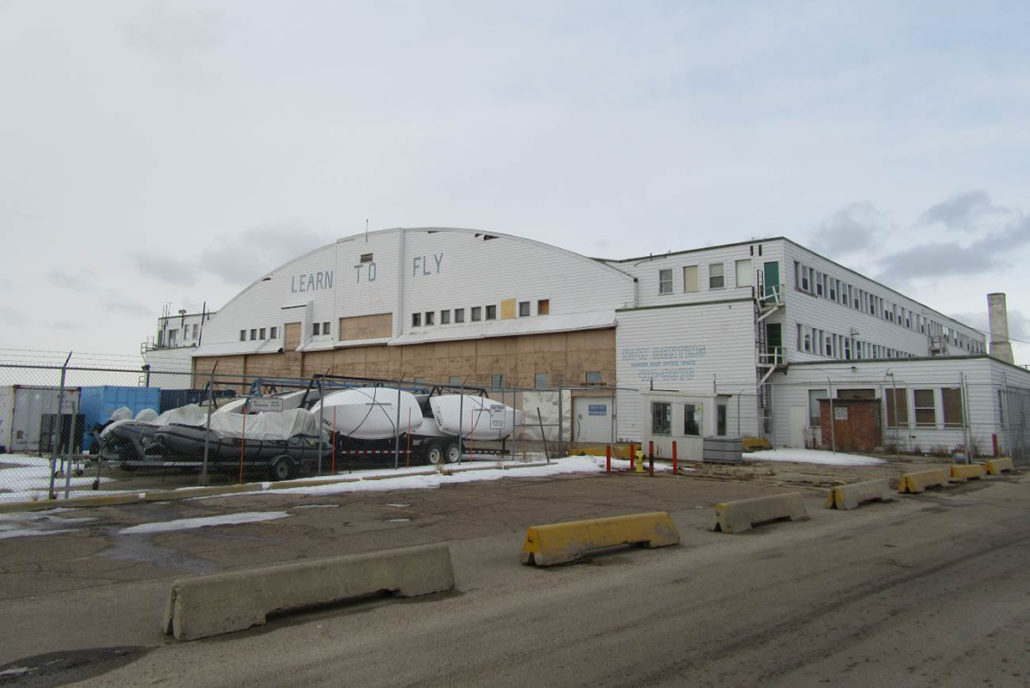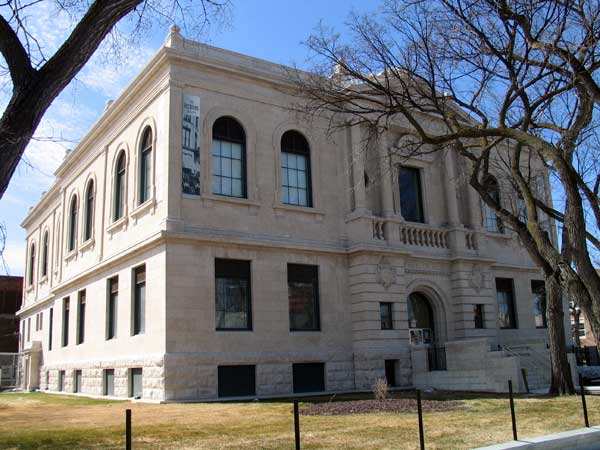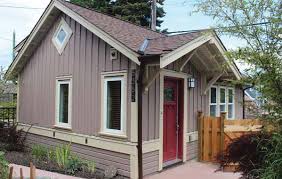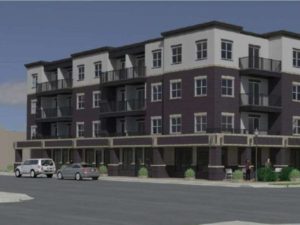Heritage News
Dear Members:
Amidst the hustle and bustle of the holiday season we pause to consider the year about to close and the one soon to come.
Heritage Regina marked considerable achievements in 2015, which will be detailed in upcoming newsletters that are the beginning of the new services suggested by you our members. These changes all reflect our vision, which is to cultivate appreciation of Regina’s heritage and its significance to the cultural legacy of our community.
None of this of course could be accomplished without you. Your support enables your Board to sound your voice in the community so that Regina’s heritage continues to be celebrated.
On behalf of the Board, may I express gratitude for your support and the hope that the gifts gathered around your Christmas tree include good health, happiness and the celebration of your personal heritage.
Jackie Schmidt
President
Heritage Regina
Regina Bomb Shelters
Regina’s Forgotten History
When Nathaniel Bowen was a child, he’d explore the bomb shelter in his Old Lakeview backyard. As an adult, it still scares him. “I still feel the same way when I go down there now,” said Bowen, whose parents have lived in the house his entire life. The bomb shelter was there when they bought the place. “I’m just afraid the gremlin’s going to jump around the corner and eat me because it’s so creepy,” added Bowen. “You take each step down there with such trepidation, because it’s this black hole and you don’t know what’s around the corner.”
Eight steps down a usually barricaded staircase, there’s a red metal door. Five more steps and six inches of moussey mud is the base of a 200-square-foot room. It’s dank and pitch black, but spending two hours inside feels “pretty normal” to Julie Mushynsky. She has spent a lot of time in dark, dusty, cockroach-ridden caves doing archeological PhD research on the Western Pacific island of Saipan.
Last weekend, after Google had led her to the bunker in Gail and Ted Bowen’s backyard, Mushynsky surveyed the place. Made of concrete and steel, it’s plain and relatively massive. Shine a light on the eight-foot-high walls and the only decoration is a pencildrawn profile of a horse.
“It’s a big bomb shelter. I didn’t really expect that to exist in Regina,” said Mushynsky.
Her first local bomb shelter visit – also in Lakeview – was in May. She learned about the “big cellar” in the basement of a Leopold Crescent residence in the tag line of a Leader-Post article. It was an eye-opener; she had never considered that there were bomb shelters in her hometown.
So began a side project researching Regina bomb shelters. That’s on top of her PhD work through
Flinders University in Adelaide, Australia, where a colleague had studied local bomb shelters.
“It wasn’t really expected that Adelaide would get attacked during World War 2, but they still have these elaborately built bomb shelters,” said Mushynsky. Similarly, she added, “Why were people in Regina – pretty distant from the centre of conflict and unlikely to be bombed – what made people decide to create these shelters?” She hopes to glean more information from people’s memories. So far, she can speculate these structures “would be expensive to build,” so wealthy people may have been more likely to have them.
Mushynsky doesn’t know if they were Second World War constructions by people fearful of German air raids, or products of the Cold War in preparation for a nuclear holocaust.
James Pitsula says there was widespread fear during both eras. “It was in the news all the time; there was kind of this dangerous situation that people would obviously be afraid of,” said Pitsula, a long-time University of Regina history professor, now retired.
Pitsula was a 12-year-old in Nipawin during the Cuban Missile Crisis. He remembers the clickety-clack of a reel-to-reel projector as a film instructed his young classmates what to do in the event a nuclear bomb was dropped.
“I remember going home and telling my parents about this film and wondering what was going to happen,” said Pitsula.
Bowen was 10 when the Cold War ended. I remember going to school and seeing the posters about how much money was being spent on nuclear weapons and how precarious the situation was,” said Bowen. Having a bomb shelter at home was not a comfort. “(It) almost made me more afraid,” he said. “You go down there and you see the construction; you see the work and the craftsmanship that went into making it. You know whoever built it must have been very, very afraid that one day he would use it.”
Mushynsky is hoping to view any and all bomb shelters in Regina. If you have one, email juliemushynsky@gmail. com.
amartin@leaderpost.com
Walter Hill Carriage House
The Carriage house was built in 1911 at the same time the house was being constructed for Walter Hill. Both were designed by the short lived association of the architects Clemesha and Coltman. Mr. Hill’s affinity for agriculture may have inspired the construction of the carriage house. It housed a flock of chickens, horses, grain storage, two bays for carriage storage, and an ice house. Above on the top floor there was a small suite heated by a wood stove and a generous hay loft. The suite was said to have housed the gardener and his wife, the laundress. This is one of the last three carriage houses in Regina, the last to exist in its original state. Its presence offers a glimpse into the history of early Regina when the line between urban and rural living was quite blurred. The house was one of the most prominent properties when built on Albert Street and to this day attracts attention as an example of Jacobean architecture it has been stated that Mrs. Hill fell in love with this style of architecture during a visit to England and had the plans for her new house on Albert street drawn up one quarter scale to replicate this style. The Carriage house at the back of the property is an example of English Arts and Crafts style that become popular in north American during the late 1800`s. This building has deteriorated over the years due to obsolescence. Animals and feed storage are not required nor is a large ice house. Fortunately over the years the building has been tarped by Mr. Michel for preservation while alternate uses were being investigated. The carriage house, along with the main house and grounds, was designated as a Municipal Heritage Property in August of 1992 by its owners at that time Wilfred and Heather Meagher. Saving the carriage house takes a lot of work and perseverance, and the present owners Joe Michel and Tammy Kwan are taking the necessary steps to do that.
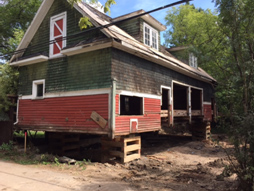
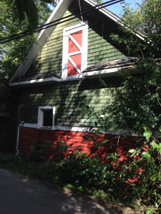
Summer Walking Tours 2015
Heritage Regina hosted five summer walks in 2015 and more than 128 walkers participated. The walks ranged from retracing the path of the tornado of 1912, a stroll around Wascana Lake, a walk around old Lakeview, exploring the historic McNab Neighbourhood, to discovering the almost lost footpaths of old Regina College.
Every year there is a surprise on the tour and the summer of 2015 was no exception. On the walk near Government House the group was shown an early frame house on a pie-shaped lot that seems likely to be the original home of James Watt – gardener to the Lieutenant Governor and his family in the late 19th century. Finding this house seemed to make all of the stories about James Watt and excerpts from his diary real and tangible and was a thrilling discovery for the walking tour group.
As organizer of the walks I would like to convey my deep appreciation and thanks on behalf of Heritage Regina to Jackie Schmidt, Will Chabun, Hazel Whippler, Amanda Girardin and Jeanie Mah , all of whom led walks. It is only when we explore on foot and hear the stories of real people who lived and worked in our city not so long ago that we gain a deeper appreciation for our history and where we’ve come from.
Heritage Regina is planning another summer of walks in 2016 so let us know if there are particular areas of the city you would like to explore on foot.
Robin Adeney
Events and Other Stuff
- Heritage Week takes place the week of February 15th, 2016. Heritage Regina will once again be hosting a special event to celebrate Regina’s History. Stay tunes for more information on guest speaker and location.
- Heritage Regina will be holding their AGM in April, please plan on attending. Date and location TBD.
- A tour of Chicago and Frank Lloyd Wright architecture will be taking place May 19 -24, 2016 hosted by John and Janet Robinson. For more information contact Robinson Residential.
- Membership contact Heritage Regina at Heritage Regina P.O. Box 581 Regina, SK S4P 3A3



